Dr. Nguyen Thi Kim Van, former Director of the Provincial Museum, stated: "Over the past 50 years, we have devoted much effort to preserving and promoting the cultural values of local ethnic groups such as the Jrai and Bahnar. However, there is still a gap that has not received adequate attention, and that is the culture of the Kinh people in Gia Lai ."
Land transaction documents written in Sino-Vietnamese script from the Nguyen dynasty – a valuable source of information that opens the door to the past. Photo: HBT
An Khe has been confirmed by researchers as the area with the earliest Kinh settlement in the Central Highlands. It was during the late 19th to early 20th centuries (when the Nguyen dynasty intensified land reclamation and Vietnamese people were brought to the highlands to work on plantations) that a series of new villages were formed.
Along with that came the emergence of communal houses and temples dedicated to the worship of deities and those who contributed to the reclamation and establishment of the villages.
“In these religious institutions, notebooks, land registers, and Sino-Vietnamese texts preserve a wealth of valuable documents. However, for many years, due to a shortage of personnel capable of reading and understanding Sino-Vietnamese characters, we have been almost completely cut off from exploiting this archive. Restoring and seriously researching the Sino-Vietnamese heritage is an urgent task,” said Dr. Nguyen Thi Kim Van.
In reality, there are very few people left who can read ancient texts. Dr. Nguyen Thi Kim Van further shared: "When we were compiling the dossier for the Tay Son Thuong Dao relic site in the late 1980s, reading the couplets and horizontal plaques was also very difficult due to the lack of people with thorough knowledge. The interpretations were only at a relative level."
According to a survey conducted by Dr. Luu Hong Son and his colleagues while working on the project "Preservation and Promotion of the Value of Han Nom Heritage in Gia Lai Province," the Han Nom heritage here has a history of approximately 250 years, mainly associated with the Kinh people who migrated to the Central Highlands from the late 18th century onwards.
During the field survey, the research team collected approximately 2,000 documents and artifacts with Han Nom script, still preserved at 280 community and private establishments, ranging from communal houses, temples, pagodas, private homes to tombs, scattered throughout the province. Many documents clearly record ancient place names, while some provide information about local social organization and the scale of ancient villages. These are vivid proofs of the process of land accumulation and village establishment.
However, documentary heritage is at risk of disappearing due to a lack of preservation facilities, a lack of knowledgeable and interested individuals, and a lack of systematic and large-scale research projects.
The exhibition on Sino-Vietnamese texts held at the provincial museum contributes to bringing this documentary heritage closer to the public. Photo: Bá Tính
Following the highly-regarded 2024 scientific conference on Han Nom heritage, the Provincial Museum is now opening an exhibition showcasing over 100 documents and artifacts and more than 300 photographs of Han Nom heritage in the province, reflecting the historical and cultural development of the locality from the beginning of the 19th century to the present day.
This also marks the first time Gia Lai has hosted an exhibition of Han Nom documentary heritage – an activity under the scientific project “Preservation and promotion of the value of Han Nom heritage in Gia Lai province” chaired by Dr. Luu Hong Son.
The Han Nom documentary heritage is not, in reality, a dead heritage. It is always present in people's lives in various ways and aspects. From couplets hung in temples and shrines to eulogies read during ceremonies; from family genealogies to tombstones in cemeteries; from altars dedicated to the God of Wealth and the Kitchen God to flower pots, teapots, and antiques displayed in each family...
It is this vibrancy that makes the Han Nom heritage not only valuable for preservation but also a key to deciphering the history of the inhabitants, their cultural beliefs, village formation models, customs, and traditional social structure of the Kinh people in the new land.
Currently, many localities are merging and renaming villages and communes in a way that restores old place names as a return to their roots. In this context, the Sino-Vietnamese (Hán Nôm) heritage serves as scientifically sound and highly reliable historical evidence, helping us to consider new names for these places. This is because place names are not just names; they also preserve the cultural, historical, and traditional memories of a region and a community.
Over the centuries, these place names, in addition to existing on maps and in administrative documents, have also been deeply ingrained in the consciousness of the people.
Source: https://baogialai.com.vn/di-san-han-nom-khai-mo-lich-su-van-hoa-gia-lai-post320346.html


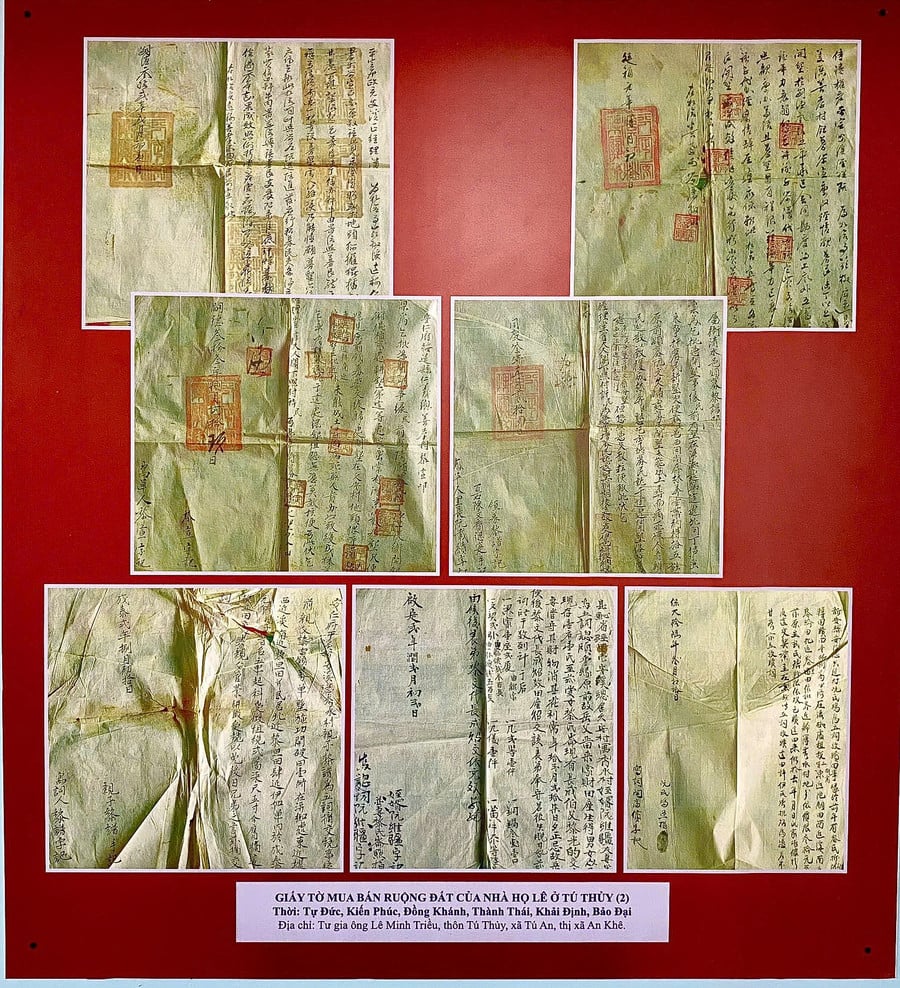
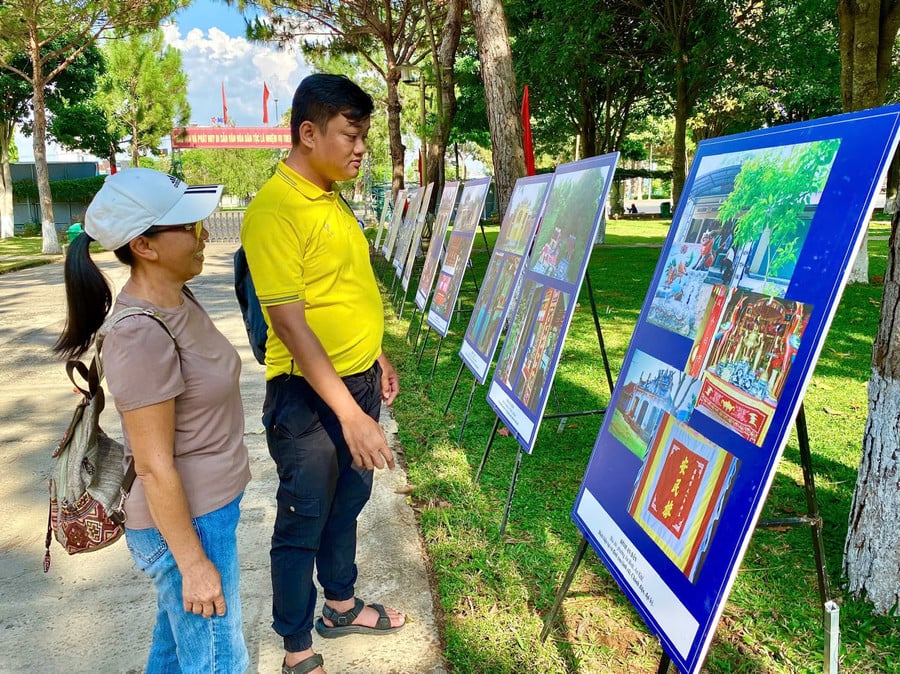





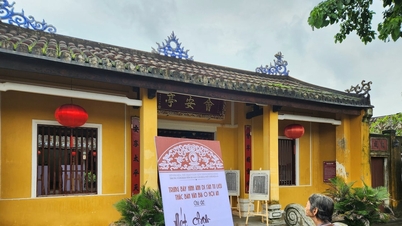

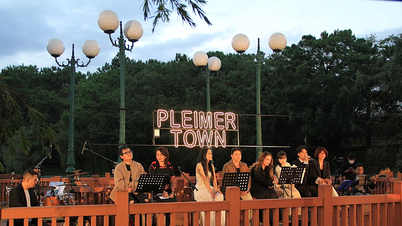

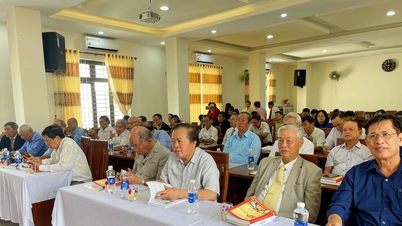



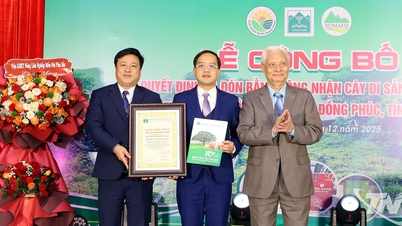



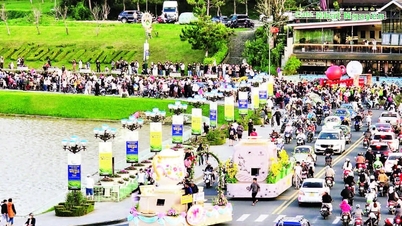

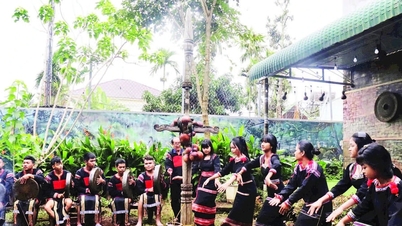
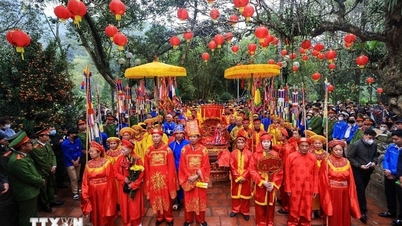











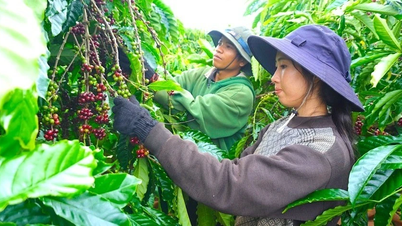



















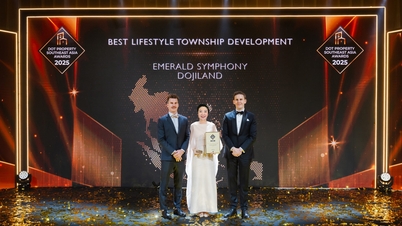







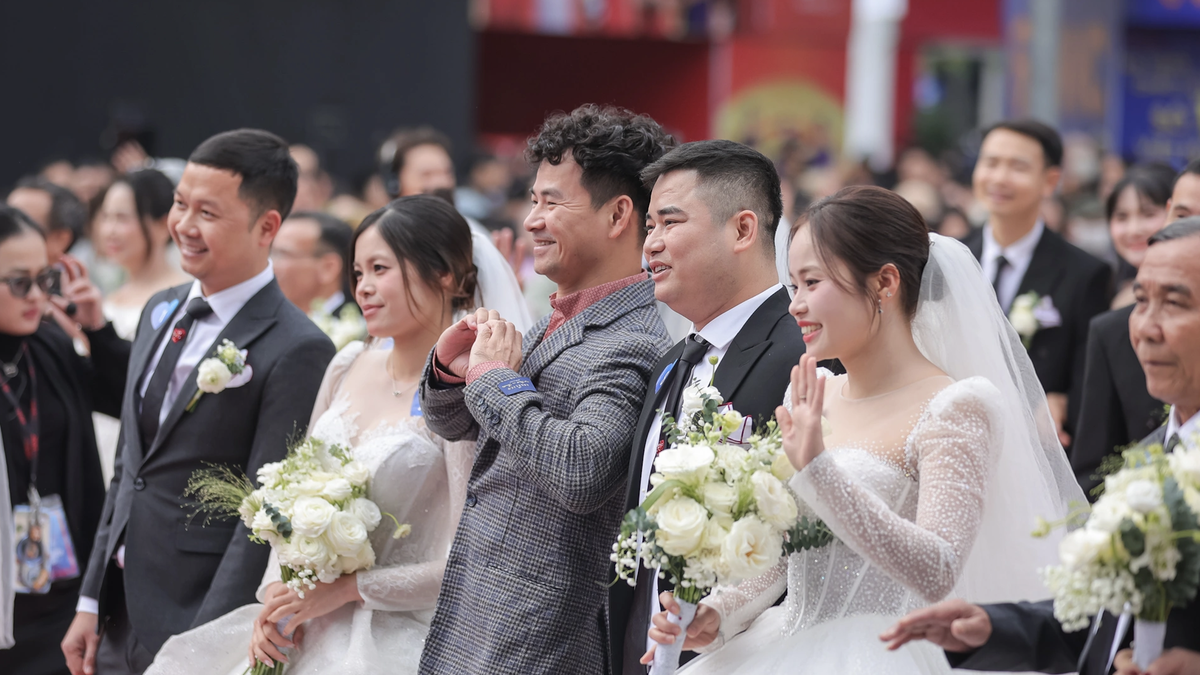
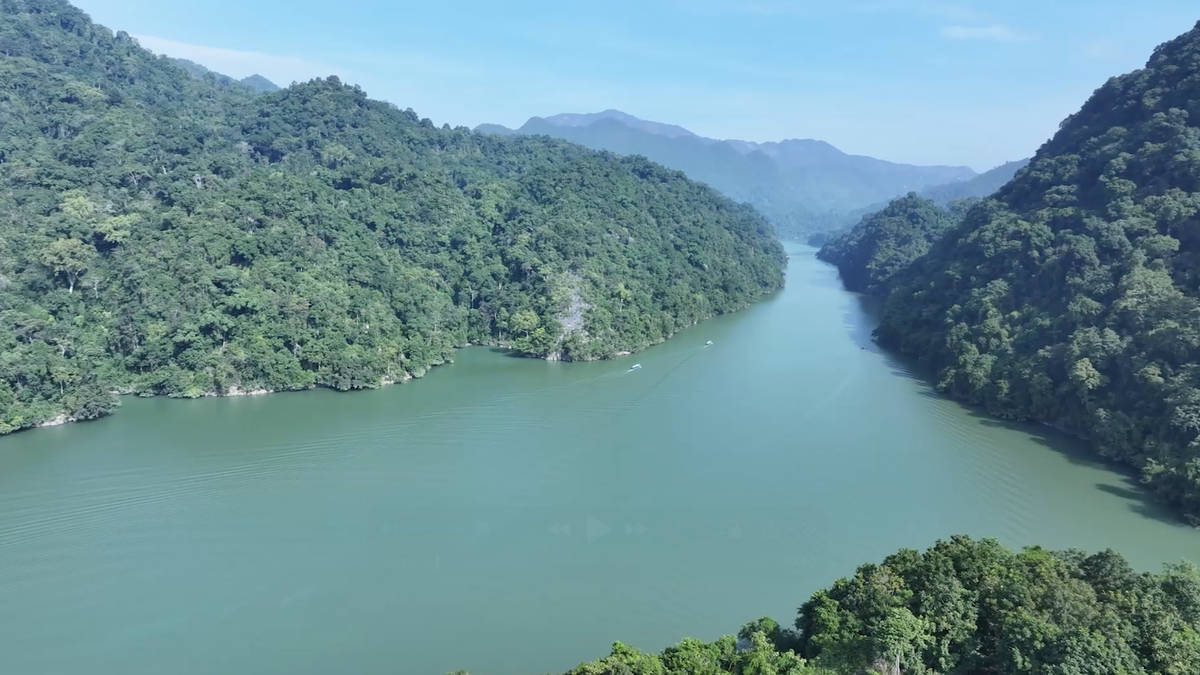









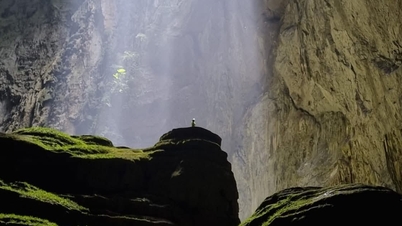





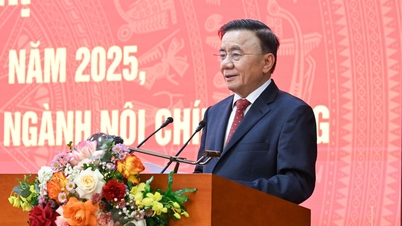






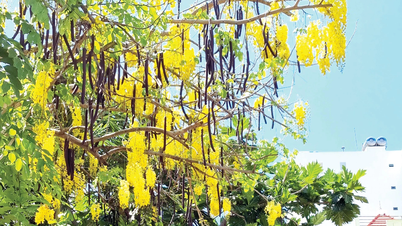

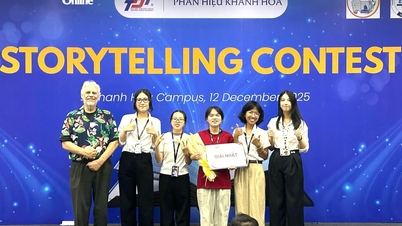
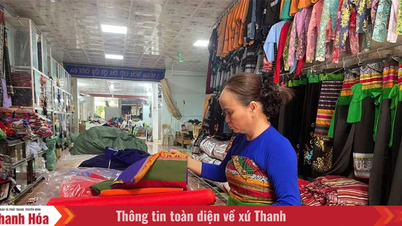

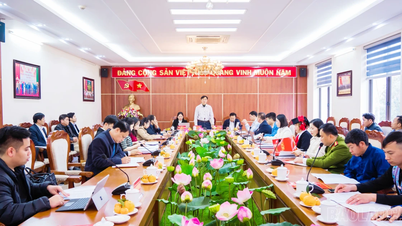



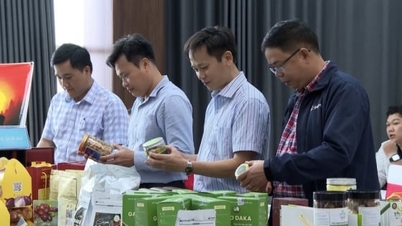








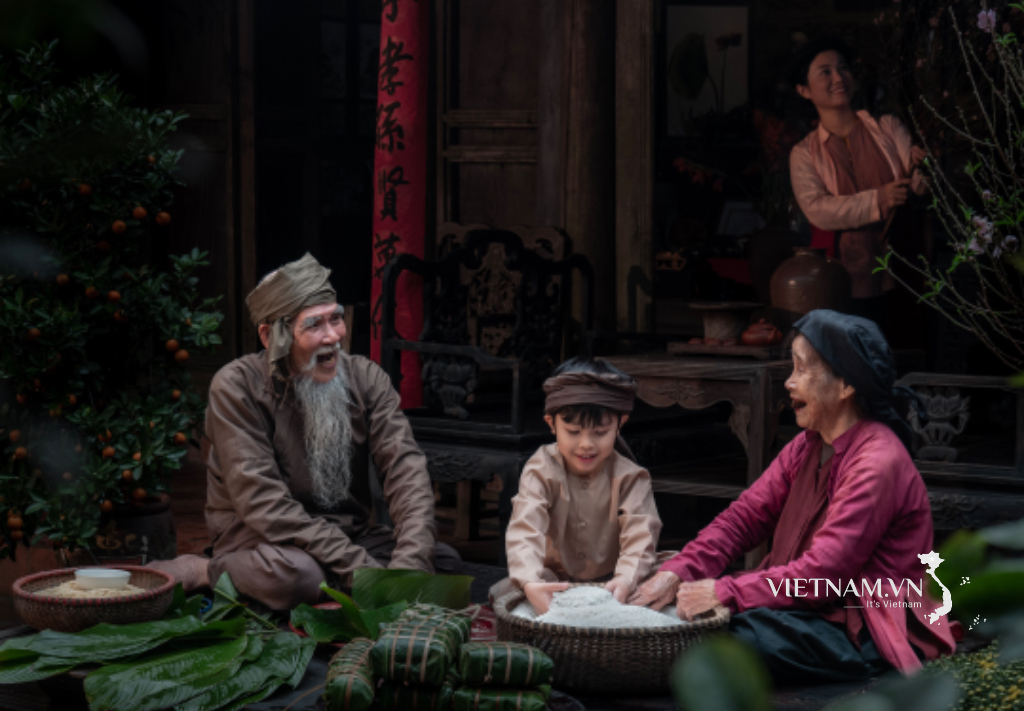
Comment (0)